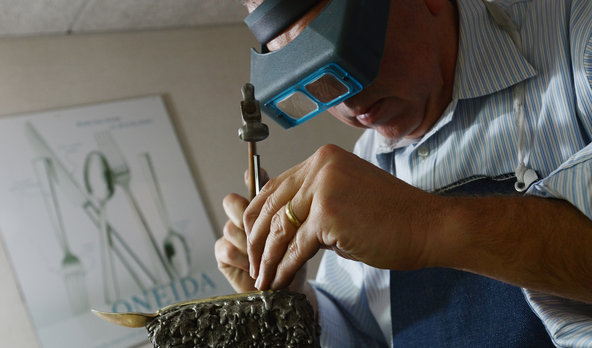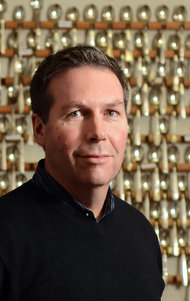 Heather Ainsworth for The New York Times Ralph Dandrea, founder of ITX Corporation, manages 128 employees — many scattered all over the country and all over the world.
Heather Ainsworth for The New York Times Ralph Dandrea, founder of ITX Corporation, manages 128 employees — many scattered all over the country and all over the world.
Today’s Question
What small-business owners think.
Ralph Dandrea’s company, ITX Corporation, has 128 employees but only 46 of them report to the main office in Pittsford, N.Y. The rest are scattered internationally (72 in Argentina, plus Peru, Spain, Uruguay and Venezuela) as well as in the United States (California, Missouri, Oregon, Washington, Virginia). “It’s a lot of fun working this way,” Mr. Dandrea said. “But there are always challenges.”
We have just published a small-business guide to managing remote employees. Please take a look at the guide and tell us if your experiences have been as positive as Mr. Dandrea’s.
It has become commonplace to hear employees say that they actually get more done when they work from home. Is that what your employees say? Is it true?
Article source: http://boss.blogs.nytimes.com/2012/09/05/are-your-employees-really-more-productive-working-at-home/?partner=rss&emc=rss

